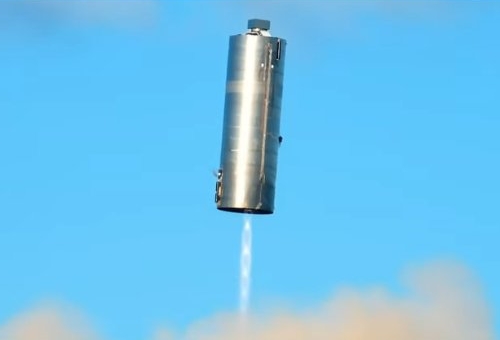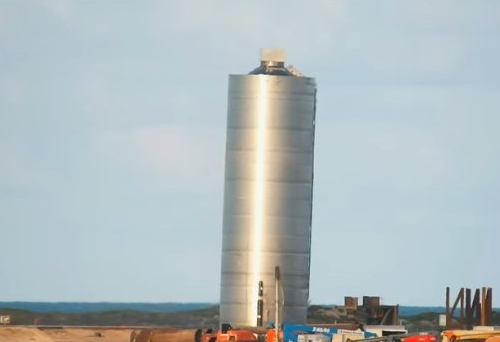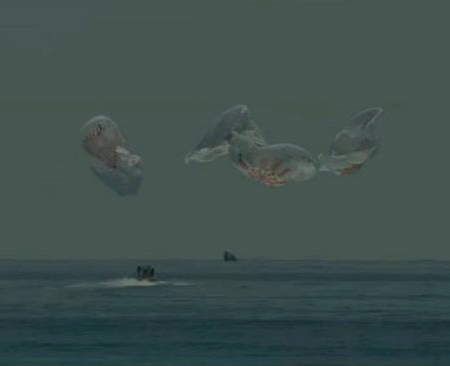In awarding ULA and SpaceX exclusive launch rights for all launches through 2026, the Air Force also decided to end prematurely the development contracts to ULA, Blue Origin, and Northrop Grumman aimed at helping these companies develop new rockets.
An issue at hand is the termination of the Launch Service Agreement contracts that the Air Force awarded in October 2018 to Blue Origin and Northrop Grumman, as well as to ULA. The purpose of the agreements was to help Phase 2 competitors pay for launch vehicle development and infrastructure. Blue Origin received $500 million; Northrop Grumman $792 million and ULA $967 million. The funds were to be spread out through 2024, and the Air Force from the beginning said the LSAs would be terminated with those companies that did not win a Phase 2 procurement contract.
Despite political pressure to not end the LSAs, the agreements will be terminated, Assistant Secretary of the Air Force for Acquisition Will Roper said Aug. 7 during a video conference with reporters. “We will work with those two companies to determine the right point to tie off their work under the LSA agreements,” Roper said. The intent of the LSAs “was to create a more competitive environment leading into Phase 2,” he said. “The point is not to carry them indefinitely.”
LSA funds supported the development of Blue Origin’s New Glenn rocket and Northrop Grumman’s OmegA launch vehicle. ULA will continue to receive funds for its Vulcan Centaur vehicle.
Almost immediately after the award of these contracts was announced in 2018, ULA and Blue Origin announced one year delays in the development of Vulcan and New Glenn. Apparently, meeting the additional requirements of military’s bureaucracy in exchange for getting the cash slowed development.
Now they won’t be getting a large part of that cash, making the decision to take it a deal with the devil. The delay in development has definitely hurt both companies in their competition with SpaceX. First, it likely has raised the cost and complexity of their new rockets, making it harder to compete in price. Second, the delay has given SpaceX more time to grab more customers while improving its own rockets.
SpaceX initially protested not getting a share of this development money, but has subsequently chosen to no longer pursue such government money for Starship because it doesn’t want itself hampered by obtuse government officials and their mindless requirements.
Meanwhile, Northrop Grumman’s Omega rocket is almost certainly dead. That company took the old big space company approach, structuring development around government cash. Without it there is no R&D money at Northrop Grumman to continue work. Furthermore, Omega was designed to serve only once customer, the military. Without any launch contracts there are no customers for Omega, especially because it likely has too high a launch price.




